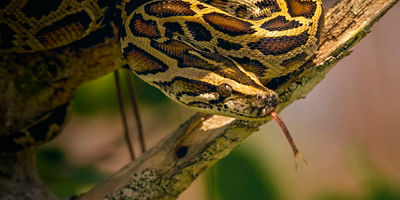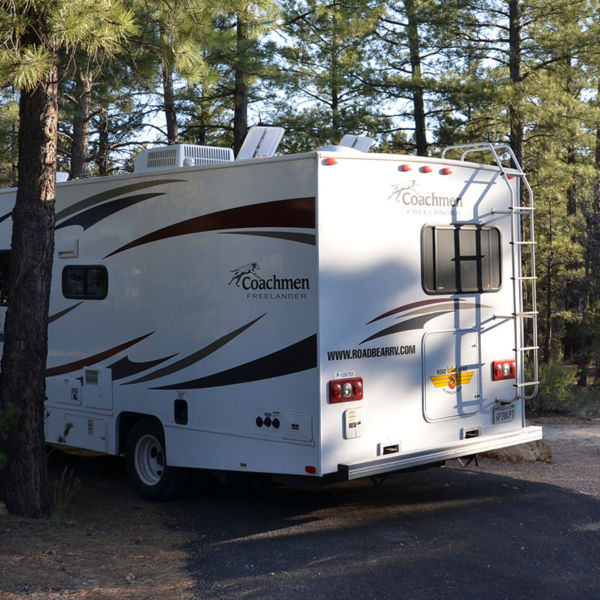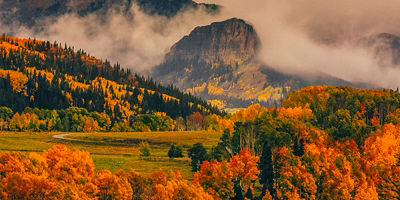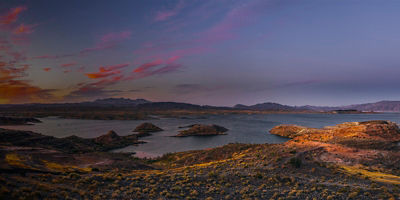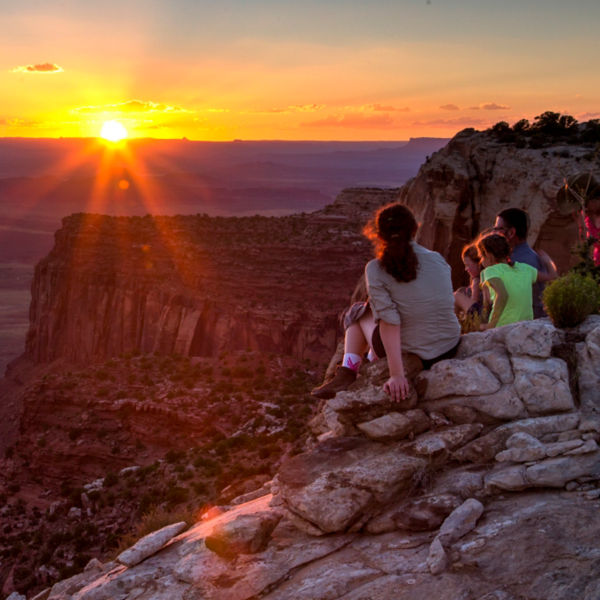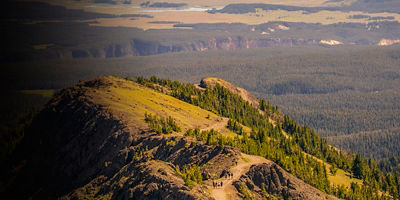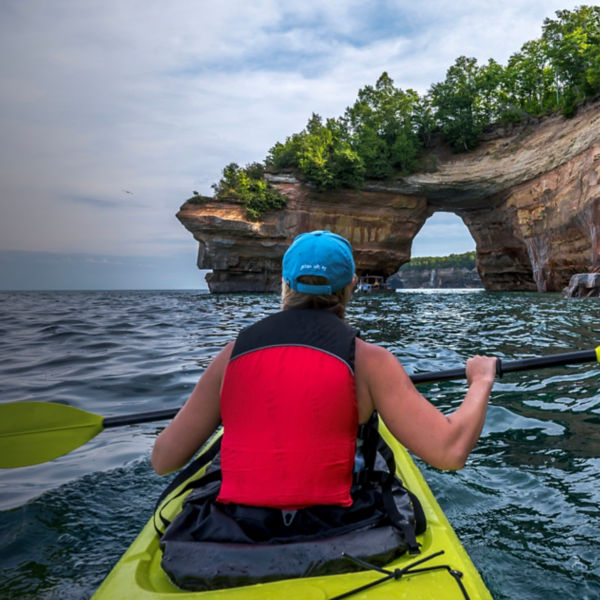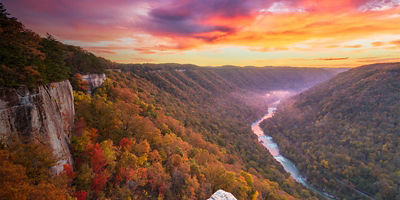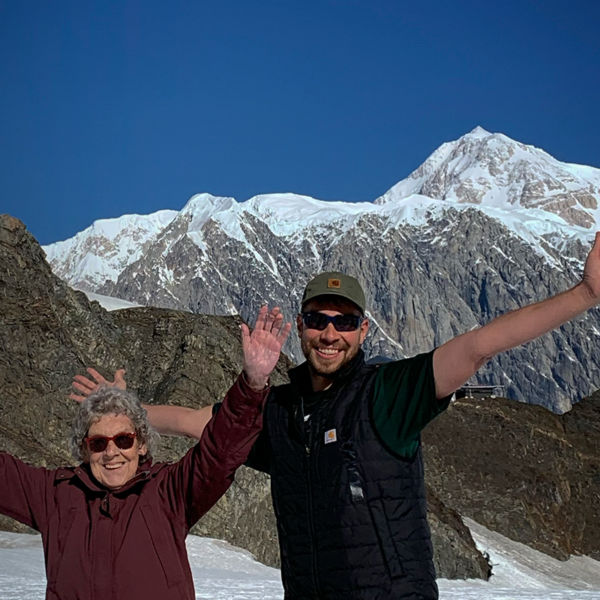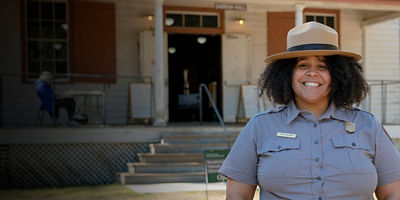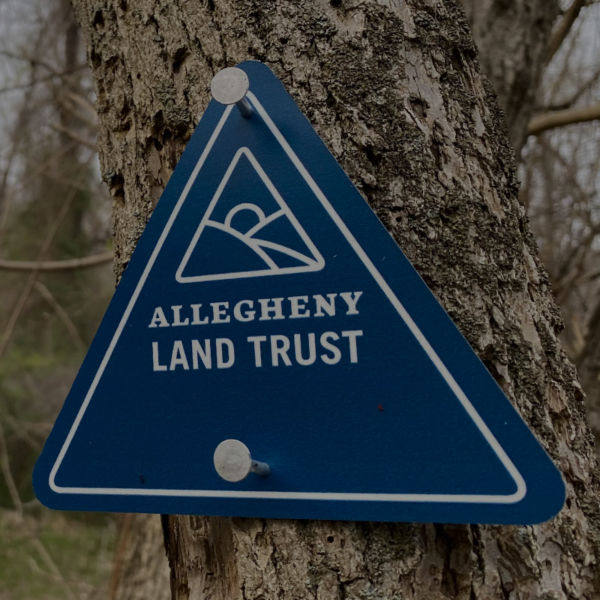
With its interconnected waterways and unspoiled forests, northern Minnesota’s Boundary Waters is the largest wilderness area east of the Rockies and north of the Everglades. Attracting more than 160,000 visitors each year, it’s also the most visited wilderness in the country and one of the most accessible, while offering critical wildlife habitat, and supporting the people and economies of wilderness-edge communities—notably the Bois Forte, Fond du Lac, and Grand Portage Bands of Chippewa. An analysis by the Wilderness Society also found the Boundary Waters’ larger 4.3-million-acre Quetico-Superior ecosystem—which includes Voyageurs National Park, Quetico Provincial Park, and the Superior National Forest, home to 20% of the freshwater in the entire national forest system—to have “Wildland Conservation Value,” making it vital to protect in the face of climate change.
However, despite this ecological (and recreational) value, the area is under threat. Sulfide-ore copper mining has been proposed on the edge of the wilderness area, causing immediate concerns about the damage and pollution from copper mining. When those waste rock is exposed to air and water, they produce sulfuric acid, leaching toxins and heavy metals into the surrounding water. This pollution, scientists say, would permanently damage the extensively interconnected downstream lakes, rivers, and groundwater. Impacts on the forest, air quality, and light and noise disruptions are also serious threats to the Wilderness.
A coalition created and led by Ely-area residents and business owners, Save the Boundary Waters has been fighting for a decade to permanently protect the Boundary Waters from copper mining. In January 2023 after years of study and public input, Interior Secretary Deb Haaland of the U.S. Department of Interior signed a Public Land Order banning mining on 225,504 acres of federal public land around the Boundary Waters for 20 years.
"This science-based decision is a massive win for Boundary Waters protection," said Becky Rom, National Chair of the Campaign to Save the Boundary Waters. "You don't allow America's most toxic industry next to America’s most popular Wilderness. The Boundary Waters is a paradise of woods and water. It is an ecological marvel, a world-class outdoor destination, and an economic engine for hundreds of businesses and many thousands of people. This decision moves America ever closer to permanently protecting this beloved Wilderness."
The federal 20-year ban is historic, but strong layers of protection are still needed to ensure permanent protection, and mining companies are still targeting state and private lands in the same sensitive area for copper mining. Advocates are working at the state and federal level to pass legislative protections and engaging in the necessary legal and scientific processes to make sure this wild and beautiful place is protected forever, for everyone.















